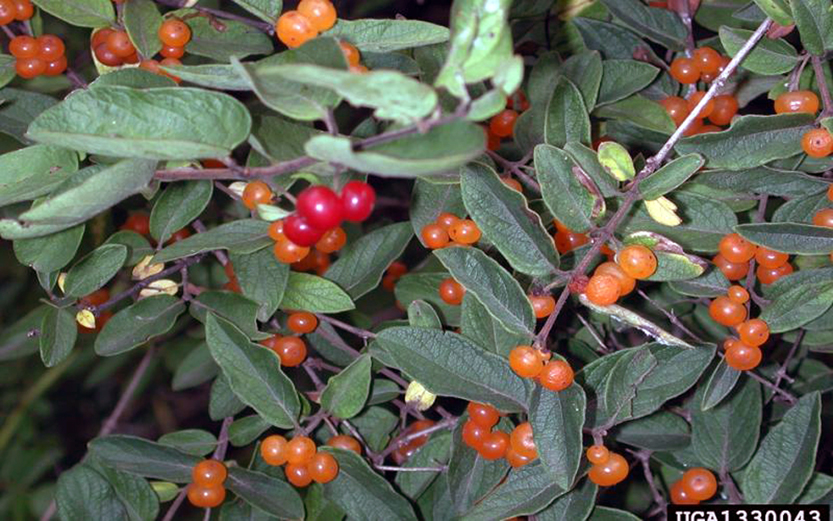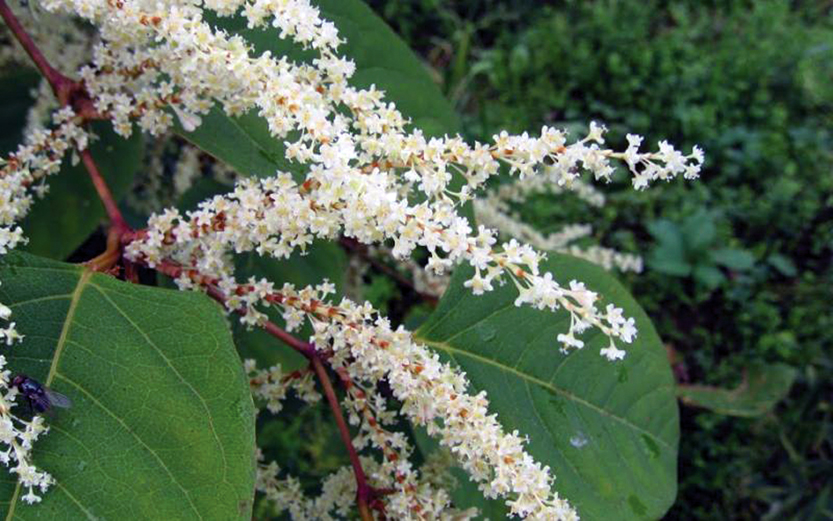
(Photo courtesy of Wisconsin Department of Natural Resources)

(Photo courtesy of Wisconsin Department of Natural Resources)
Pesky Plants: Invasive Species by Chris Kjolhede
New Column Will Identify, Help Combat Invasives
Invasive species are living organisms that are not native to our area and that are harmful to human health or to the health of our environment. Invasive plant species are not new, nor are they going away any time soon. This problem, these problems, may be addressed with some help from area experts in their fields and with our persistent vigilance and care. All of us in upstate New York should be aware of the presence of invasive plant species, the impact that they can have on our environment and how we can limit the spread of these plants.
Nature lovers and gardeners are similar in their dislike for those invasive plants that have come to flourish to the exclusion of other native plants.
“Where are the swaths of cattails, the nesting place for red-winged blackbirds?” Now, those wetland areas are populated by giant reeds.
“That was a beautiful spruce; what happened?” It’s now covered with oriental bittersweet—totally covered. The stream where my kids caught frogs can’t even be seen because of the overgrowth of six-foot-high Japanese knotweed up, down and across the stream.
This column will appear periodically to address invasive plant species common in this area of upstate New York. These numerous, annoying (and yet sometimes pretty) plants can be found all over our area: Tatarian honeysuckle, Japanese knotweed (sometimes called bamboo), yellow flag iris, oriental bittersweet, purple loosestrife, garlic mustard, Norway maple, burning bush, giant reed, and multiflora rose.
The expert authors will be drawn from area agencies that have an investment in limiting the spread of invasive plant species. These agencies include Otsego Land Trust, Otsego County Conservation Association, Cornell Cooperative Extension and Catskill Regional Invasive Species Partnership. Each agency has easily-accessible information that can be helpful to landowners.
Hopefully, over the next months, readers will be able to accurately identify and begin to safely eradicate these pesky plants.
Our current weather makes it hard to imagine getting out in our yards and fields any time soon to address the invasive species. But with the help of the information in this column, we can add items to our “to do” lists even now.
Become a vigilant landowner and help keep these invasive plants under control.
Chris Kjolhede, MD, MPH, is an emeritus pediatrician at Bassett Healthcare Network.

